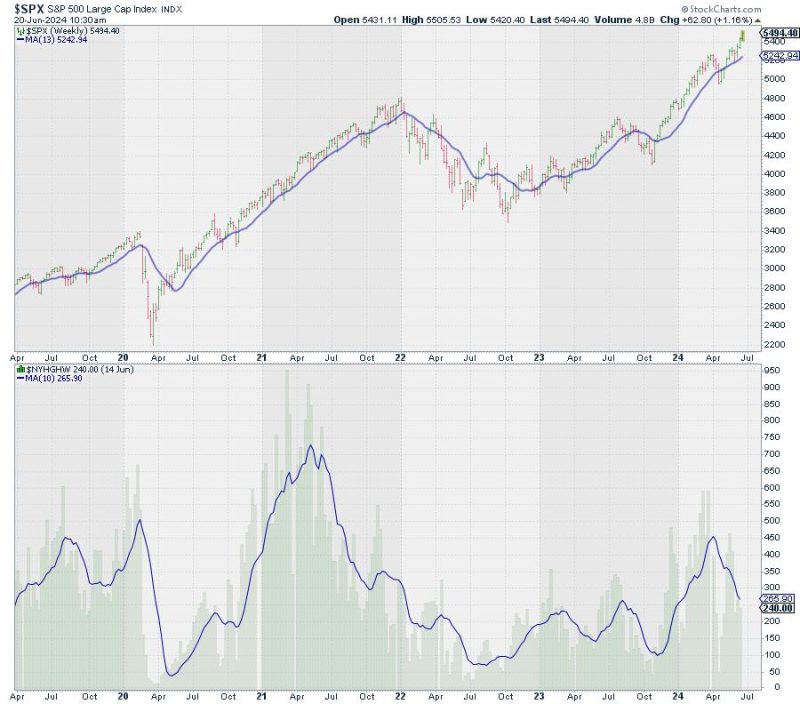Price Pays, But for How Long?
The world of consumerism has long been driven by the concept of pricing – the art of setting the right price for a product or service to maximize profits and meet customer demand. From the humble beginnings of barter trading to the sophisticated pricing strategies employed by multinational corporations today, the concept of pricing has always been at the heart of commerce.
In recent years, however, the paradigm of pricing has been evolving. With the rise of online shopping, comparison websites, and transparent pricing information, consumers are more empowered than ever to make informed purchasing decisions. This has put pressure on businesses to not only set competitive prices but also to justify the value they offer to customers.
One industry that has been particularly affected by this shift in consumer behavior is the retail sector. Traditional brick-and-mortar stores are finding it increasingly challenging to compete with online retailers who can offer lower prices due to their lower overhead costs. As a result, many retailers have been forced to reevaluate their pricing strategies and find innovative ways to attract and retain customers.
For some businesses, the answer lies in offering value-added services or bundling products together to create a more compelling offer. By focusing on the overall value proposition rather than just the price, these businesses are able to differentiate themselves in a crowded marketplace and build loyalty among their customers.
However, for others, the relentless focus on price continues to be a double-edged sword. While slashing prices may attract customers in the short term, it can also erode profit margins and devalue the brand in the long run. This race to the bottom can create a vicious cycle where businesses are forced to continually lower prices to stay competitive, leading to a never-ending battle of who can offer the lowest price.
In this new era of consumer empowerment, businesses must strike a delicate balance between offering competitive prices and delivering value to customers. By understanding their target market, investing in product quality, and providing exceptional customer service, businesses can create a sustainable pricing strategy that not only attracts customers but also keeps them coming back for more.
In conclusion, while price will always be a critical factor in the world of commerce, it is no longer the only factor. Businesses that can adapt to the changing landscape of pricing and focus on delivering value to customers will be the ones that thrive in the long run. As the saying goes, price pays – but for how long, depends on the value a business can offer beyond just a number on a price tag.


































